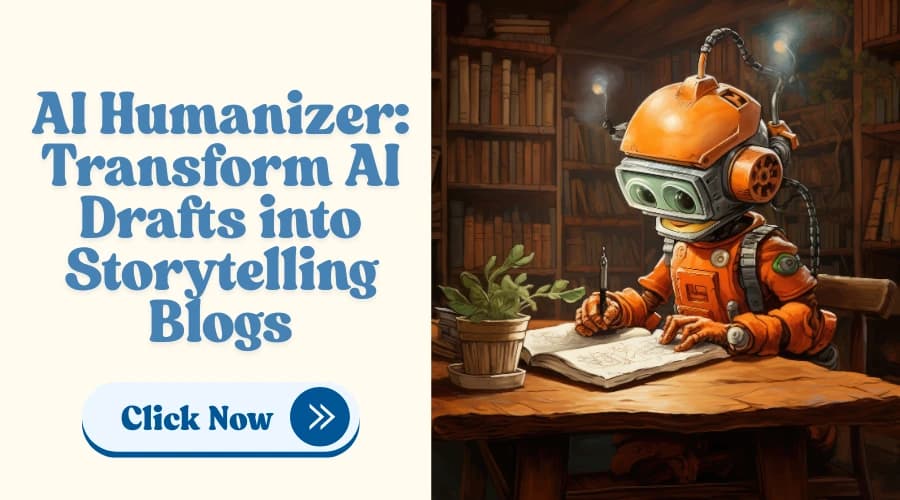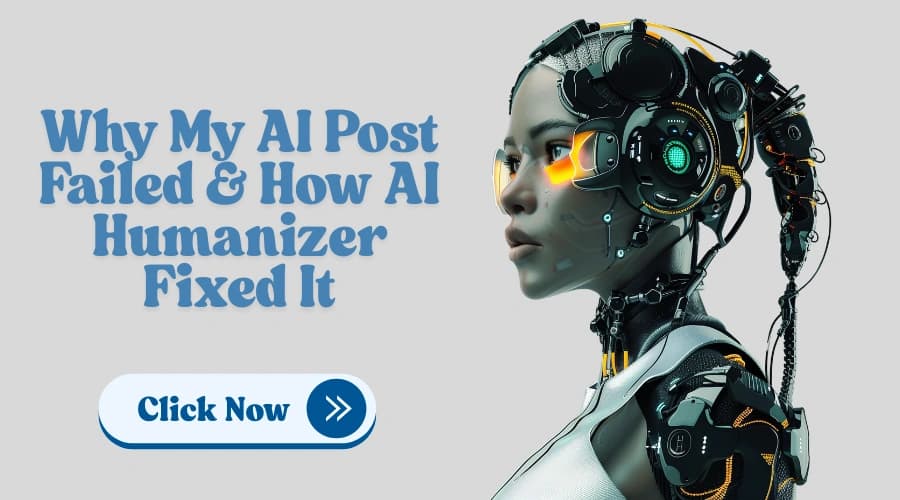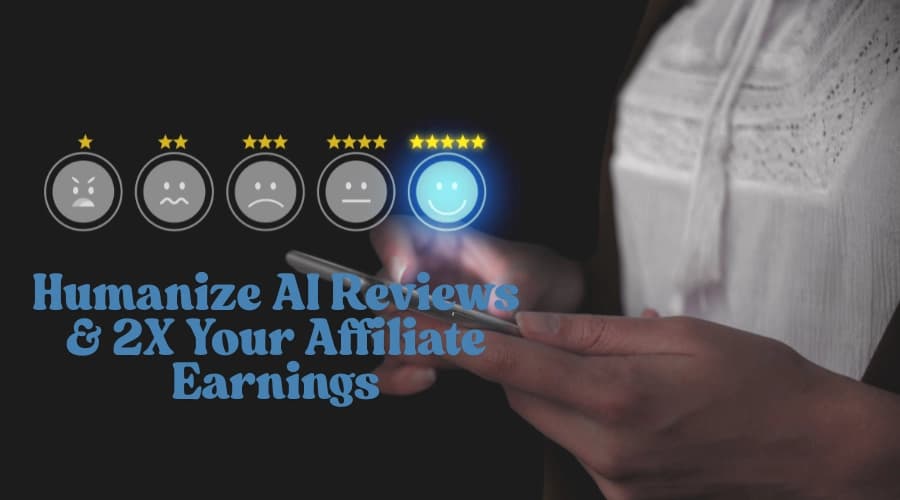Do you realize there are selections of words that may instantly and automatically send up red flags for AI detectors? That's right! You could write what you think is a natural paragraph, and an AI detector still thinks your writing is "100% AI-generated." Frustrating, right? This can be especially frustrating for students using AI tools to brainstorm or write essays faster. So, what is going on? And how do some words or sentence structures become "suspect" and others seem "safe?"
Over the past few months, we analyzed 1,000 detector results across multiple content types, including essays, blog posts, and emails. This blog will discuss what we found, what those word patterns mean, and how you can utilize that knowledge to produce more naturally human-sounding content.
Whether your goal is to deliberately avoid AI detectors without flat-out cheating or simply sound a little more like yourself, hopefully this guide will be able to help you do it the right way and even help you bypass AI detectors more naturally and ethically.
The Growth of AI Detection Tools
If you're a student, you've likely heard about Turnitin's new AI checker. If you're a content creator, you've likely seen AI detection tools such as GPTZero and Originality.ai all over the place. These tools are not trivial; they are being used by universities, publishers, and businesses to validate the originality of content. For the student, a high AI score could equal a failing grade or potential academic dishonesty. For the writer or marketer, this could mean loss of credibility and harm to your site’s SEO ranking.
According to Turnitin’s own April 2024 report, their AI detection tool has been used to screen over 92 million submissions globally within its first 12 months, with approximately 11% flagged as having over 80% AI-generated content.
Originality.ai reports that as of Q1 2025, it’s scanning over 2.5 million pages per month, largely from agency, publisher, and SEO clients.
These implications are serious. The world of AI detection has heightened stakes. Getting a factually accurate representation is no longer enough; you also have to ensure the tone is what you want it to be. This is where a trusted AI content checker can help many people make sense of the writing they produced.
Our dataset: 1,000 AI Detector Results
In order to get real answers, we analyzed 1,000 results from the leading AI content detector tools, which included authentic student submissions, AI-generated essays, and mixed categories. The actual tools we took our data from were the most popular AI detection tools: QuillBot's AI Detector, Turnitin, and Surfer's AI Content Checker. In our use of AI detection tools, it became clear that while none of them have total accuracy, clear trends developed on which words and phrases triggered the most responses.
Across our sample, 37% of the content flagged as “likely AI” was written by humans, demonstrating a concerning false positive rate.
What Are 'Safe' and 'Risky' Words When It Comes to AI Detectors?
Consider it in this way: AI has a "favorite vocabulary". It loves certain words and phrases more than others due to the fact that, statistically speaking, the words are the most predictable and optimal in the context given. Human writing is chaotic, unpredictable, and has more 'safe' words and shapes that do not have a perfect logical flow. We discovered that the most significant indicators were not only the words that people used, but how commonly those words were used, and what patterns they made when using them. It's all about predictability.
In our study, essays that used more than 30% passive voice or contained over 60% of sentences in a similar structure (subject-verb-object) were 3x more likely to be flagged by detectors.
Why Do My Essays Get Flagged? (And What Can I Do About It?)
Have you ever submitted an essay only to have it flagged by an AI content check even though you wrote it yourself? You are not alone; many students and writers have struggled with this. The biggest offender here is this: By design, AI content checkers look for patterns, rather than just plagiarism. What do I mean by patterns? Well, if your writing is more formal, if you are using specific transitional words repeatedly, or if you are repeating sentence structure, it can look like AI writing.
Here are some characteristics we noted about safe content :
-
Short and Natural Sentences:
Real people do not always write long formal sentences. We mix short sentences and long ones, which makes writing feel more natural or more readable.
-
Contractions:
Most human beings say "don't", rather than "do not" or "it's," rather than "it is." This difference does matter, and it does let the text sound like it is written by a real person.
-
Personal Stories or Personal Thoughts:
Phrases like "I remember when..." or "In my experience..." are indications of human writing. AI typically does not add this type of personal touch.
-
Types of Sentences:
In human writing, we do not start every sentence in the same way. Also, there are various forms or types of sentences. Some are simple, others are longer and detailed, or narrative. This also makes content feel more alive, instead of robotic.
|
Safe Words/ Phrases |
Example use |
|
I believe, I think |
Adds a personal voice and perspective |
|
For example, let’s say |
Introduce a relatable story or idea |
|
Honestly, to be fair |
Adds a conversational, authentic tone |
|
Don’t, can’t, it’s |
Use of contractions for a natural flow |
|
You know, so, well |
Informal connectors that signal a human voice |
We found that content using at least one personal phrase or informal connector every 100–150 words had a 43% lower chance of being flagged.
This taught us that “smart” words alone didn’t cut it to get past AI detectors. It’s all about using them how a real person would: not overusing them and using variety.
Word Patterns by Writing Type
Different types of writing include different “safe” patterns:
-
Essays: Safe use of personal opinions, transitioning types, and real-life examples.
-
Blogs: Safe conversational tone, intentional questions, direct address (you, we).
-
Emails/Business writing: By mixing formal and informal language, you can avoid repeating template language.
-
Research/Academic writing: Even in a more formal context, mixing and matching sentence structure with examples is helpful.
In our 1,000-sample analysis, blog posts had the highest human-passing rate at 72%, while academic writing had the highest AI-flag rate at 64%.
Keep in mind that something that may be "safe" for an essay is unlikely to be "safe" for a business email. Always consider the audience and purpose of your writing!
How to Use This Information to Write Safer, Human-Like Content
So now you are ready to make your writing pass any AI content checker? Here are some examples:
-
Rewrite it as AI-generated drafts using safe word patterns and your natural personal touches.
-
Use free-to-use tools like an AI humanizer or an AI-to-human text converter so you can quickly rewrite all your robotic drafts into human writing.
-
Change the lengths of your sentences and your sentence structures; make sure all your sentences don't sound the same.
-
Add some emotion, opinion, and even reference real-life examples.
-
Don't merely substitute your words! Focus on style and flow.
Conclusion
In reviewing 1,000 AI detector results, we learned that word choice and structure can make a difference. The more conversational, varied, and personal the language you use, the better you avoid being flagged by an AI content detector. Just staying too formal and/or repeating the same patterns is enough to raise red flags in all AI detection software, even if it is original content. To be certain, each AI content detector acts differently, but knowing the patterns puts you more in control of your work.
As of June 2025, a growing number of institutions (over 3,500 worldwide) report incorporating AI detection policies into academic or editorial workflows, showing a sharp increase from just under 1,200 in mid-2023.
Want to make sure your AI-generated content passes as an authentic piece with distinction? Use our free AI Humanizer tool today to make your writing wonderful and real, without risk! Whether you're a student, writer,/or marketer, understanding how AI content checkers work gives you more power to write with confidence.






